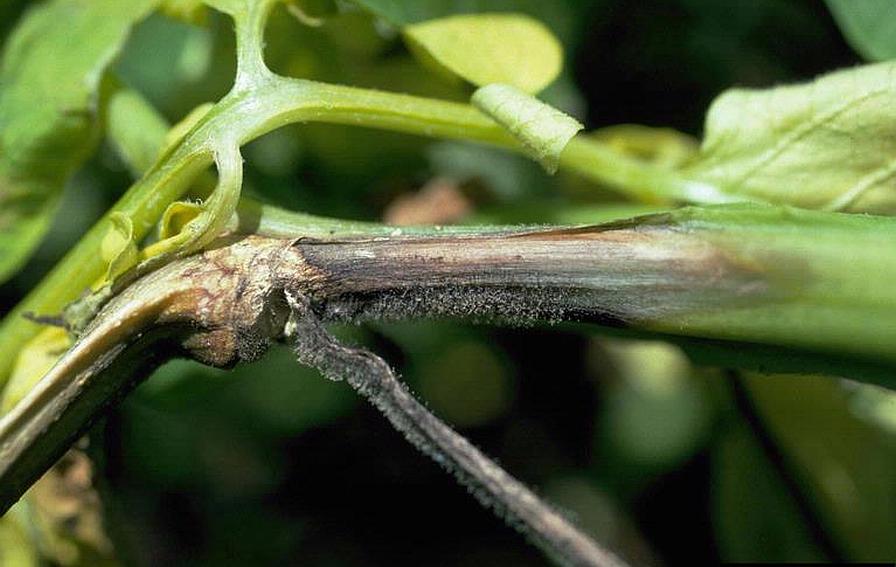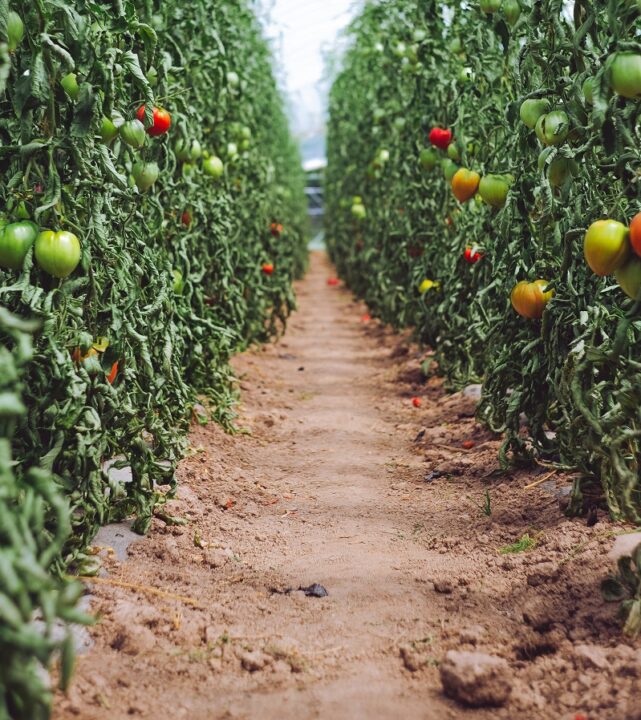Potato and Tomato Growers in Western New York on the Lookout for Late Blight
Late blight was recently confirmed in Allegany County, NY. This is a serious concern for local farmers, as it threatens tomato and potato crops throughout the region. The disease can spread quickly through spores carried by wind, rain, and even gardening tools.
Late blight is a highly destructive plant disease caused by the pathogen Phytophthora infestans, best known for causing the Irish potato famine. Late blight is caused by a fungus-like organism that spreads dozens of miles on storm fronts. This disease is notorious for its rapid spread and devastating impact on crops, particularly tomatoes and potatoes. Once it takes hold, late blight can destroy entire fields within days, leading to significant agricultural and economic losses. The disease thrives in cool, wet conditions, making it a constant threat during the growing season.
After collecting samples from affected tomato plants, recent laboratory tests have identified the late blight strain as US-23. This finding is significant because the risk of the blight overwintering is greatly reduced. Overwintering requires the presence of oospores, which are sexual spores of this pathogen (P. infestans), and to produce these spores it’s necessary to have two different strains at the same time in the same location, so having only the US-23 strain present lowers this risk of overwintering.
Equal Risk To Potatoes and Tomatoes
As expected, both potato and tomato crops are equally susceptible to the US-23 strain. Growers should take proactive measures to protect their crops and prevent the spread of the disease such as buying disease-resistant plants, preventive fungicide applications, monitoring crops to have early detection of late blight, rotating crops, and reporting late blight findings.
Mefenoxam Proves Effective
In more positive news, testing has confirmed that systemic fungicides containing mefenoxam (also known as metalaxyl-M), can be used to protect crops from this strain. Commercially you can find it under different names, for example: Ridomil, but what is important is to check that the main ingredient is mefenoxam (a.k.a. metalaxyl-M). This is an unrestricted chemical treatment and, as an older product, it may offer a more cost-effective solution for growers, and so far, no resistance to this fungicide has been observed, making it a reliable option to combat the US-23 strain.
RELATED CONTENT: Select the Right Fungicide to Protect Your Potatoes
Applying mefenoxam, or any fungicide, for late blight control should be based on several factors, including disease pressure, weather conditions, crop growth stage, and local extension recommendations. Always read the labels, follow the instructions, and use protective equipment.

This potato plant is showing late blight infection caused by Phytophthora infestans.
Photo by Howard F. Schwartz, Colorado State University, Bugwood.org
For more, continue reading at allegany.cce.cornell.edu.









